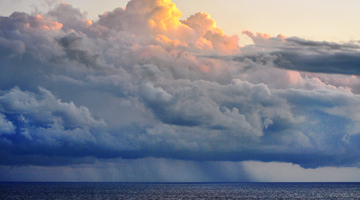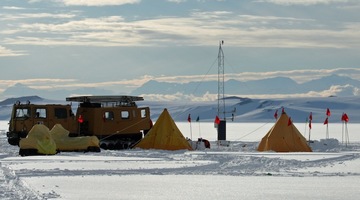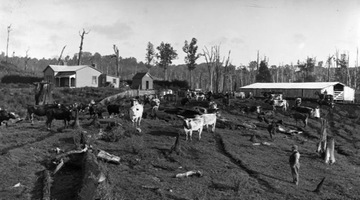Dr Adrian McDonald tells us why his research on the interaction between atmospheric dynamics, chemistry and climate is important for the development of climate models.
Points of interest:
- Why do you think Adrian travels to Antarctica nearly every year to do fieldwork?
- Why does he distribute the weather stations where he does?
Transcript
DR ADRIAN MCDONALD
Understanding how the climate works and how Antarctic ozone depletion and ozone depletion in general is interacting with the climate system is an important area of new research, which is something that’s not put into many climate models at the moment, but some state-of-the-art climate models have shown that Antarctic ozone depletion is very important in modulating the effect of climate change in the southern hemisphere.
So I spend roughly 2 or 3 weeks in Antarctica nearly every year. We go to Antarctica mainly to put instruments out into the field to make validation measurements for satellites. So for instance, we distribute a large set of weather stations that use mobile phone technology to talk to each other, so they’re a smart measurement system. And that smart measurement system’s distributed along satellite tracks, so that we can compare the satellite measurements, which is over a large region usually, with a set of weather stations to get good reference information.
So before the satellite era, you’d maybe have 500 weather stations measuring over the whole southern hemisphere. With satellites, you’ve got tens of thousands of measurements, and the ability to forecast weather accurately in the southern hemisphere dramatically increased when satellites were introduced.
The research that I do on working out the interaction between atmospheric dynamics, so circulation – the movement of the winds and chemistry and how that interacts with climate – it just wouldn’t be possible without satellite stuff.
The work I do is relatively pure science but it’s been featured in things like the International Panel on Climate Change’s assessment reports and the World Meteorological Organisation ozone assessments reports. So those summaries of scientific understanding are things that feed into policy, and so there’s not any way that my research would help to solve things, but my research identifies physical mechanisms that need to be simulated in the models so that the models become more accurate basically.
Acknowledgements:
Daniel Price, University of Canterbury
Cryosat II footage courtesy of European Space Agency/ESA
NASA/Goddard Space Flight Center
Scientific Visualization Studio




